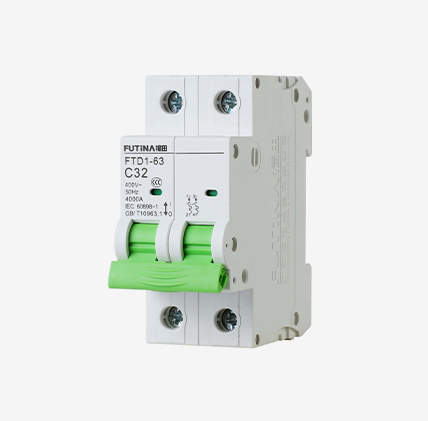
-
Product
Portable EV Charger EV Charging Cable and Connector DC MCCB (Molded Case Circuit Breaker) DC MCB (Miniature Circuit Breaker) Residual-Current Circuit Breaker AC Contractor MCB (Mini Circuit Breaker) Mini Residendual Current Circuit Breaker Voltage Stablizer3.7KW AC EV Charger Tethered Wallbox 7.2KW AC EV Charger Tethered Wallbox 11KW AC EV Charger Tethered Wallbox 22KW AC EV Charger Tethered Wallbox 3.7KW AC EV Charger Socket Wallbox 7.2KW AC EV Charger Socket Wallbox 11KW AC EV Charger Socket Wallbox 22KW AC EV Charger Socket Wallbox3.7KW Type 2 To Type 2 EV Charging Cable 7.2KW Type 2 To Type 2 EV Charging Cable 11KW Type 2 To Type 2 EV Charging Cable 22KW Type 2 To Type 2 EV Charging Cable 3.7KW Type 2 Tethered EV Charging Cable 7.2KW Type 2 Tethered Charging Cable for EV 11KW Type 2 EV Charging Tethered Cable 22KW Type 2 EV Charging Tethered Cable
- Company
- Solutions
- News
- Resources
- Contact Us
-















